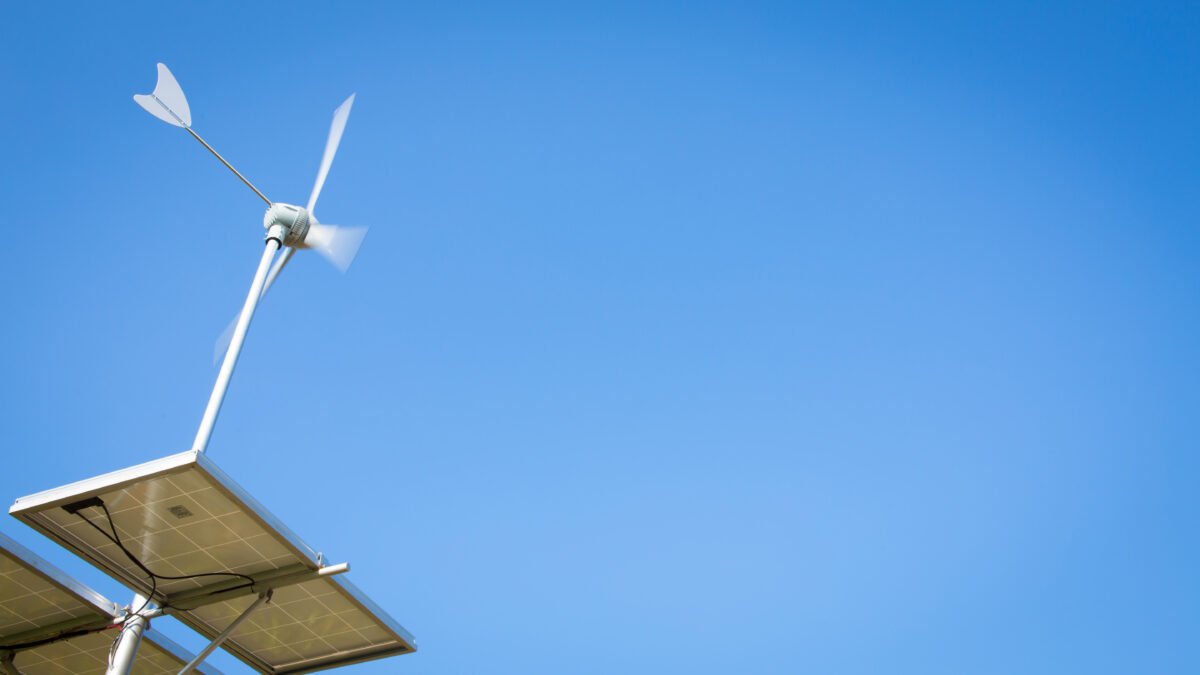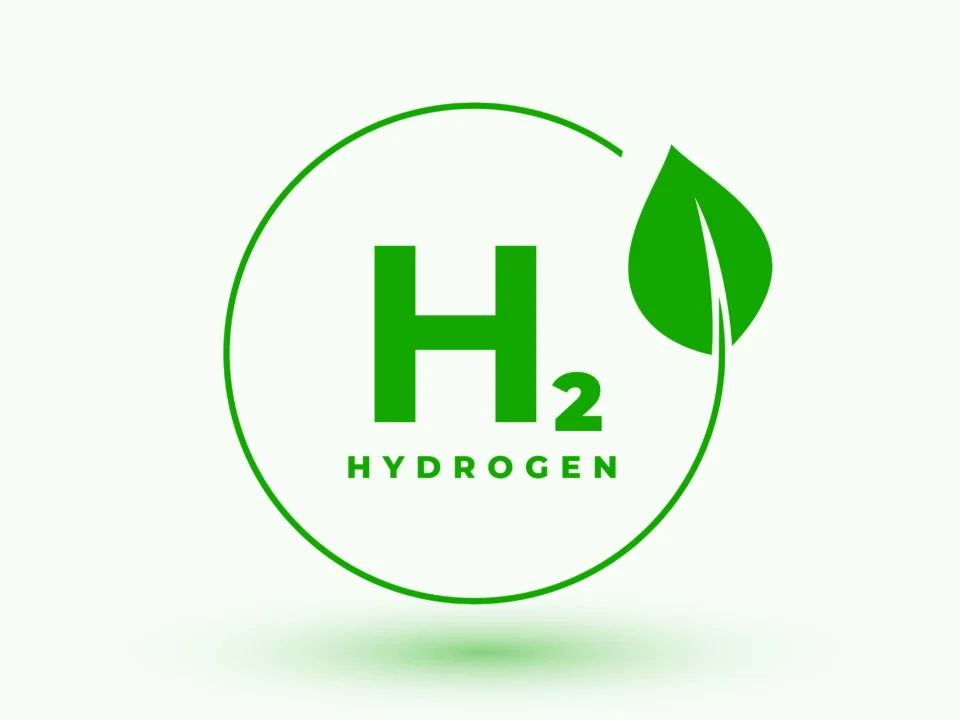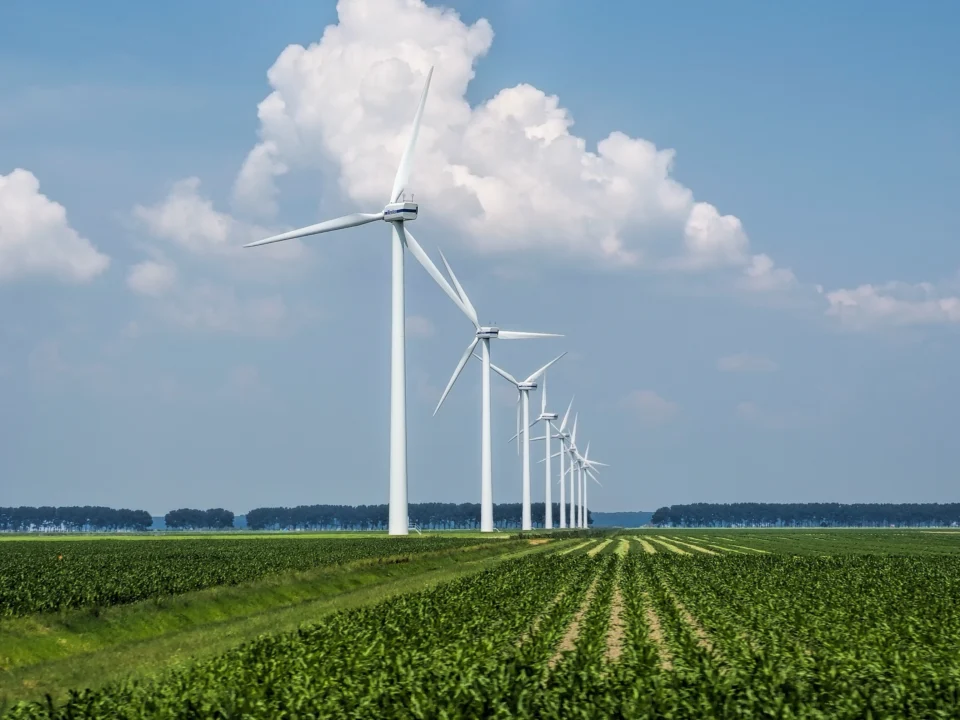Introduction
As energy prices continue to fluctuate and climate concerns grow, many homeowners in 2025 are looking for more sustainable and cost-effective energy solutions. Among the top contenders is the rising popularity of domestic wind turbines—small-scale wind energy systems designed for home use. But with various factors like upfront costs, location suitability, and maintenance to consider, the big question remains: Are domestic wind turbines worth it in 2025? This practical guide explores the technology, pros and cons, cost implications, and whether installing one makes sense for your household.
What Are Domestic Wind Turbines?
Domestic wind turbines are small-scale wind energy systems installed at residential properties to generate electricity. They typically range in capacity from 400 watts to 20 kilowatts and can be installed on rooftops or free-standing poles. These turbines harness wind energy to generate power, reducing reliance on the electrical grid and lowering utility bills.
There are two main types of domestic wind turbines:
- Horizontal Axis Wind Turbines (HAWTs): More common and efficient but require steady wind and open space.
- Vertical Axis Wind Turbines (VAWTs): Compact and better suited for urban environments, though slightly less efficient.
How Domestic Wind Turbines Work
Wind turbines convert the kinetic energy of the wind into mechanical energy, which is then transformed into electrical energy by a generator. This energy can either be:
- Used directly to power appliances in your home,
- Stored in batteries for later use, or
- Fed back into the electrical grid through a process called net metering (where available).
In 2025, modern domestic wind turbines are often combined with solar panels and smart inverters, offering a hybrid solution for 24/7 clean energy.
Advantages of Domestic Wind Turbines in 2025
1. Energy Independence
With domestic wind turbines, homeowners can generate their own electricity, reducing dependence on energy suppliers and protecting against blackouts or price hikes.
2. Environmental Benefits
Wind energy is clean and renewable. Using a domestic wind turbine reduces your carbon footprint, helping combat climate change.
3. Long-Term Cost Savings
While the upfront investment is significant, long-term savings on electricity bills can offset the initial cost. Some regions offer feed-in tariffs or tax incentives for residential wind energy.
4. Smart Integration with Green Tech
In 2025, most domestic wind turbines can be seamlessly integrated with solar systems, EV chargers, and energy management apps for optimized usage and monitoring.
5. Low Operational Costs
Modern turbines are designed to be durable, with minimal maintenance required over their 20–25 year lifespan.
Disadvantages and Considerations
1. High Initial Costs
A typical domestic wind turbine system can cost between ₹2 lakh to ₹10 lakh ($2,500 to $12,000), depending on size and installation complexity.
2. Site-Specific Performance
Wind speed and consistency are crucial. Homes in low-wind or obstructed areas may not generate enough energy to justify the investment.
3. Noise and Aesthetics
Some models produce a humming sound, which could be a nuisance in quiet neighborhoods. Visually, turbines might not appeal to everyone.
4. Regulatory and Zoning Issues
Not all areas allow domestic wind turbines. Local ordinances, building codes, and homeowner associations might restrict or regulate their installation.
Is Your Home Suitable for a Domestic Wind Turbine?
Before installing a turbine, consider:
- Average wind speed: Ideal sites have consistent speeds above 5 meters/second (~18 km/h).
- Space availability: Pole-mounted systems need ample open space, away from tall structures or trees.
- Local regulations: Check if zoning laws and utility providers permit grid connection or battery storage.
In 2025, many online tools and local energy consultants offer wind feasibility assessments to help determine if your location is viable.
Costs Breakdown in 2025
| Component | Estimated Cost (INR) | Notes |
|---|---|---|
| Small-scale turbine (1–5kW) | ₹2,00,000 – ₹6,00,000 | Depends on brand and capacity |
| Mounting system | ₹50,000 – ₹1,50,000 | Rooftop or tower installation |
| Battery storage (optional) | ₹1,00,000 – ₹3,00,000 | For off-grid systems |
| Installation & permits | ₹50,000 – ₹1,00,000 | Varies by region |
| Total | ₹4,00,000 – ₹12,00,000 | Approximate full system cost |
Payback periods typically range from 7 to 15 years depending on wind availability, electricity costs, and applicable subsidies.
Domestic Wind Turbines vs. Solar Panels
| Factor | Wind Turbines | Solar Panels |
|---|---|---|
| Efficiency | Location dependent | More consistent across regions |
| Installation | Complex, needs open space | Easier on rooftops |
| Cost | Higher upfront | Lower for small-scale systems |
| Maintenance | Occasional moving parts | Minimal |
| Ideal Use | Rural, high-wind areas | Urban or suburban settings |
For many homeowners in 2025, the best choice is a hybrid system that combines both technologies for more consistent, round-the-clock power.
Government Incentives in 2025
In India and many other countries, governments have continued to support clean energy through:
- Subsidies: Up to 30% capital subsidy for small wind energy systems.
- Tax benefits: Deductions under Section 80-IA for renewable energy investments.
- Net metering: Allows you to earn credits for feeding excess electricity back into the grid.
Always verify the latest policy updates from your state energy department or renewable energy agencies.
Conclusion: Are Domestic Wind Turbines Worth It in 2025?
Domestic wind turbines are worth considering in 2025 if you:
- Live in a location with consistent wind,
- Have the space for installation,
- Are looking for long-term savings and sustainability,
- Can take advantage of local incentives and subsidies.
While they may not be the perfect fit for every household, when paired with solar or battery systems, they can form a powerful solution for clean, independent energy. Before making a decision, conduct a site assessment, evaluate your energy needs, and consult with renewable energy professionals.
In the right conditions, domestic wind turbines are not just worth it—they’re a smart investment for a greener future.




